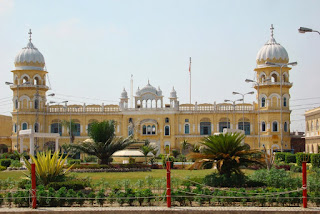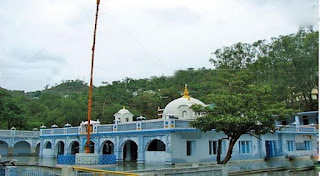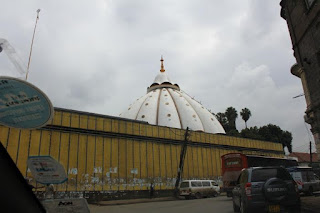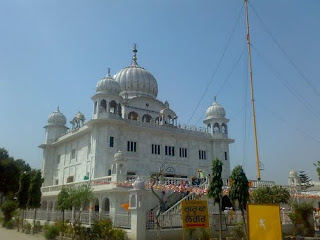Gurdwara Gai Ghat

Gurdwara Pahila Bara, commonly known as Gurdwara Gai Ghat, is a holy Gurdwara of Sikh religion. It is located in the city of Patna, Bihar, India and dedicated to Guru Nanak Dev. The building where Gurdwara is located was initially Bhagat Jaitamal's house. Jaitamal, a pious man, confectioner by trade, became the Guru's follower and later converted his house into a Dharamshala. It was sanctified first by Guru Nanak in 1509 A.D. and later by Guru Tegh Bahadur along with his family in 1666 A.D. It is believed, Guru Tegh Bahadur made the river Ganges come in the form of "Gai" (cow) to Jaitamal, who could not go to the riverbank due to his old age. The Gurdwara was thus named 'Gurdwara Gaighat' History According to Local Legend, Bhagat Jaitamal, a devotee of Guru Nanak was fortunate to get the blessings of Guru Tegh Bahadur. Guru Tegh Bahadur stayed for about four months here and made this place very popular among the followers of Guru Nanak's faith. ...




